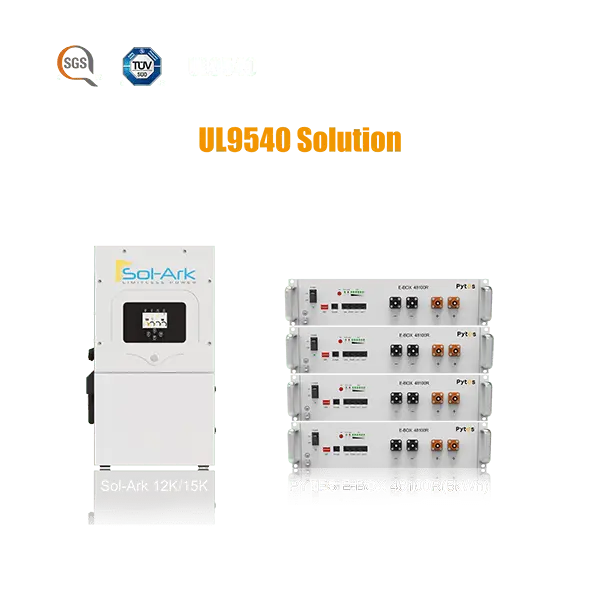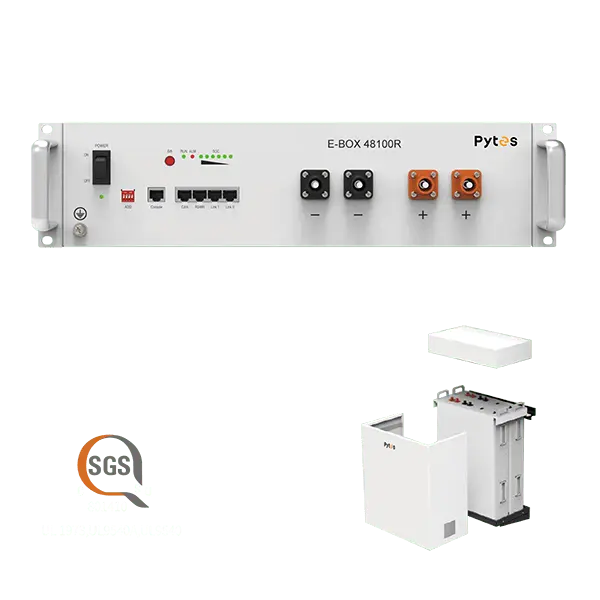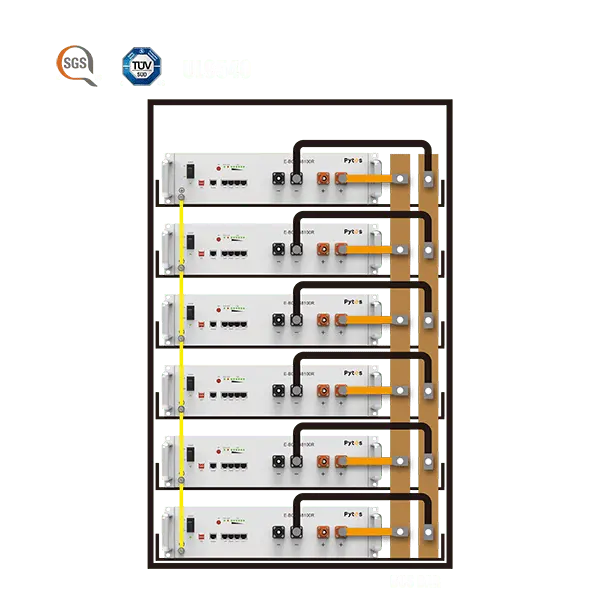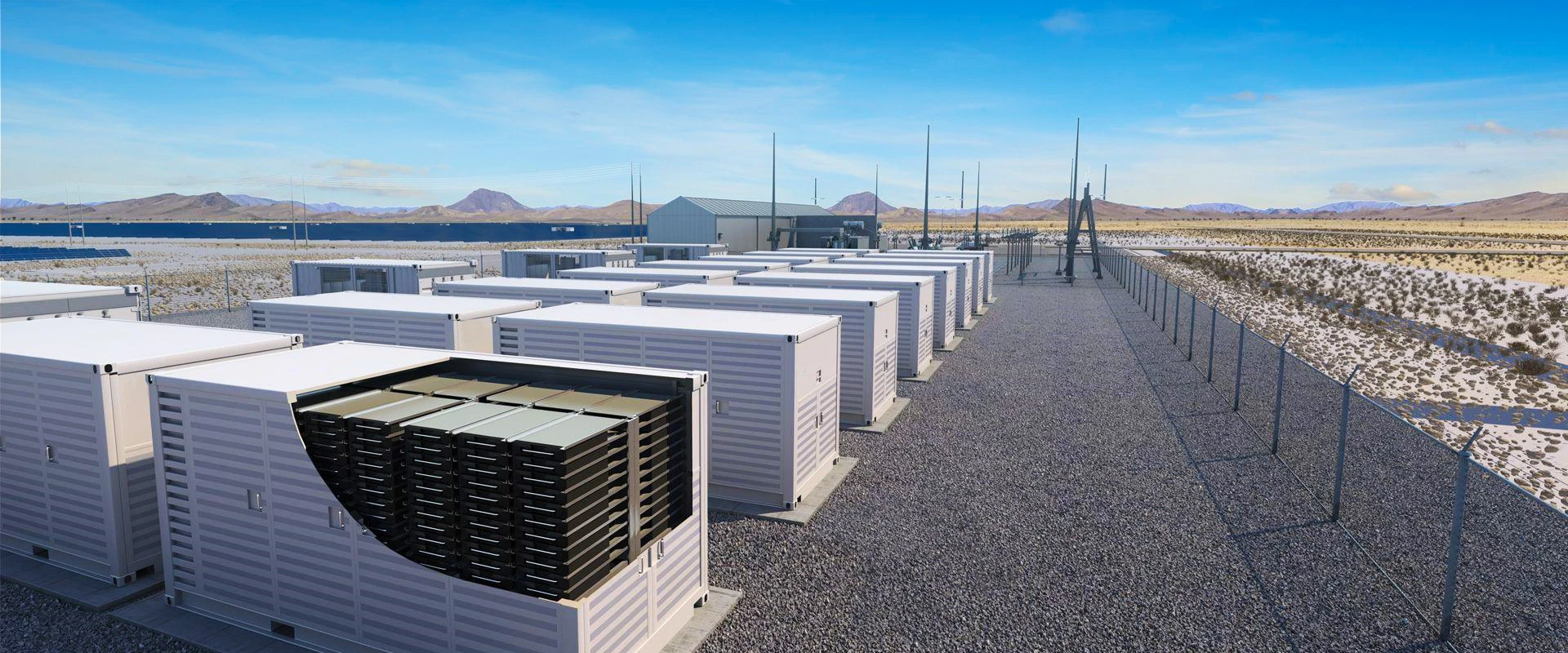As the global energy landscape shifts and electricity prices continue to fluctuate, more and more residents and businesses in various countries are choosing to combine solar energy with battery energy storage as a reliable long-term solution. Today, energy storage technology has made significant progress, and competition among manufacturers has intensified - especially as consumers seek smarter ways to break free from the constraints of traditional power grids.
This article will explore the cost of solar battery energy storage systems this year, analyze the key factors that affect pricing, and compare the top products currently on the market - we will introduce the Pytes E-Box 48100R developed and produced by leading solar batteries manufacturer Pytes.
Solar battery storage has moved well beyond niche adoption and into mainstream consideration. Several factors have accelerated this transition:
A. Fluctuating electricity prices: Users in many countries are facing unpredictable utility rate hikes, often coupled with complex pricing structures like time-of-use billing.
B. Power grid instability: From rural areas to urban centers, power outages due to weather, infrastructure issues, or energy shortages have pushed users toward energy resilience solutions.
C. Global incentives: Government subsidies and green energy incentives continue to drive investment into renewable systems and battery storage.
D. Eco-conscious living: More individuals and businesses are choosing cleaner energy paths and reducing carbon footprints.
With energy storage playing a central role in the renewable revolution, 2025 has become a turning point for affordable, scalable battery systems.

At the present time, the average cost of a solar battery storage system ranges between $500 to $800 per usable kWh, depending on the product, region, and installation complexity. On a system level, full setups generally fall between $10,000 and $20,000, though modular systems and DIY-friendly options may come in lower.
The key pricing factors include:
A. Battery chemistry (LiFePO4 vs. NMC vs. LTO)
B. System capacity (total kWh)
C. Inverter compatibility
D. Cycle life and warranty
E. Installation method (rack-mount, wall-mount, portable)
F. Monitoring and smart features
With lithium iron phosphate (LiFePO4) batteries now dominating residential and commercial installations due to their safety, lifespan, and thermal stability, more users are opting for this technology nowadays.
Several brands have become prominent across international markets in 2025. Here's a textual breakdown of how the top players compare:
A. Tesla Powerwall continues to attract buyers with its sleek design and brand recognition. However, it operates within a closed ecosystem and is less flexible when it comes to integration with third-party inverters.
B. LG Energy Solution’s RESU series offers compact design and solid performance but may have limited availability or support networks in certain regions.
C. Enphase IQ Battery focuses on microinverter integration and modular scalability. While ideal for Enphase systems, compatibility with other setups can be a barrier.
D. BYD Battery-Box delivers strong performance for both residential and commercial installations and is often used in large-scale projects, though setup may require more technical expertise.
E. Pytes E-Box 48100R, on the other hand, stands out for its balance of performance, flexibility, and installer-friendly design. It offers broad inverter compatibility, a long service life, and versatile mounting options, making it a favorite among both new system buyers and those upgrading existing setups.

Pytes has grown into a trusted name in the energy storage industry, known for developing reliable and forward-thinking battery solutions. With over 20 years of technical expertise, Pytes has focused on helping households and businesses save money and gain peace of mind during power outages by offering smart, efficient, and durable energy storage systems.
By combining ongoing technical support, international reach, and cutting-edge design, Pytes continues to deliver solutions that align with the evolving demands of global energy users.
The E-Box 48100R is one of Pytes’ most popular and best-selling products in 2025, designed to meet the needs of both residential and light commercial users.
1. Built for Compatibility and Ease of Integration
One of the biggest selling points of the E-Box 48100R is its high compatibility with popular inverter brands. It integrates easily with systems such as Sol-Ark, and many other leading names in the market. This makes it an ideal solution for homeowners who are upgrading their energy storage without replacing their existing solar array.
2. Long Cycle Life and Outstanding Reliability
Equipped with 48V Lithium Iron Phosphate (LiFePO4) batteries, the E-Box 48100R offers over 6,000 charging cycles at 90% depth of discharge (DOD) and retains 80% capacity at 25°C. This positions it among the most durable and long-lasting batteries available in 2025.
3. Compact Design and Flexible Mounting
Another major advantage of the E-Box 48100R is its slim and compact form factor. It is thinner than most 5kWh server rack batteries on the market and can be mounted in multiple ways:
A. Vertically or horizontally
B. Wall-mounted using the official E-Box bracket
C. Floor-standing for simple setups
D. Server rack-mounted with enclosures like R-BOX, R-BOX-NEMA3, or R-BOX-OC(IV)
This adaptability makes it suitable for both indoor and semi-outdoor installations, including utility rooms, garages, and commercial enclosures.
The real-world applications of the Pytes E-Box 48100R have been growing rapidly across regions due to its versatility. Some of the main use cases include:
A. Off-grid systems: Reliable power for cabins, remote buildings, or emergency installations where the grid is unavailable.
B. Grid-tied backup power: Keeps essential loads running during blackouts and power outages.
C. Time-of-use optimization: Stores energy when it’s cheap or free (from solar) and discharges during expensive peak hours.
D. Peak shaving: Reduces demand charges for small commercial users by avoiding peak power draw from the grid.
E. Virtual power plants (VPP): Participates in grid services and demand response programs in regions where VPP infrastructure is being developed.
In short, the E-Box 48100R empowers users to take full control of their energy flow and savings.

The solar energy storage market is currently in a steady growth phase. Although prices fluctuate slightly due to raw materials, transport costs and regional policies, users' emphasis on system quality, reliability and service has risen significantly.
With more than 20 years of technology accumulation, Pytes not only provides the E-Box 48100R with excellent performance, but also wins the trust of the market with continuous customer support and global service network.
Choosing the Pytes E-Box 48100R is not only an investment in the energy storage system itself, but also a double guarantee of future energy freedom and economic efficiency.
Would you like to know more about the technical details and adaptations of the Pytes E-Box 48100R?
Visit www.pytesusa.com/E-BOX-Series/E-Box-48100R.html
Home vs. Commercial Energy Storage System Cost and BenefitComparison


